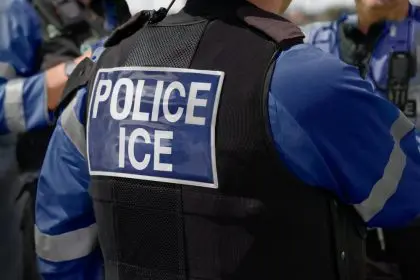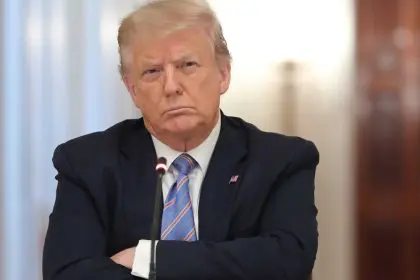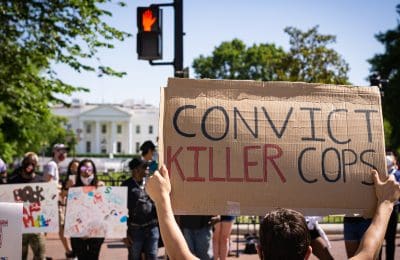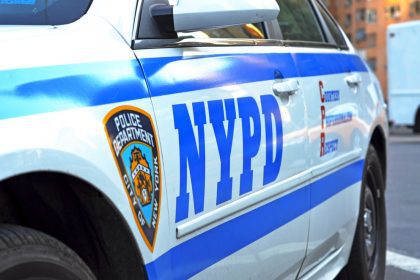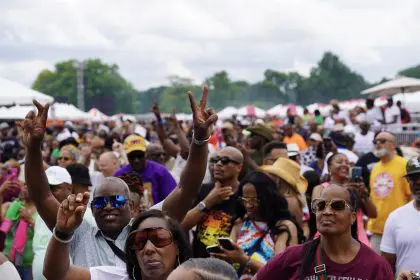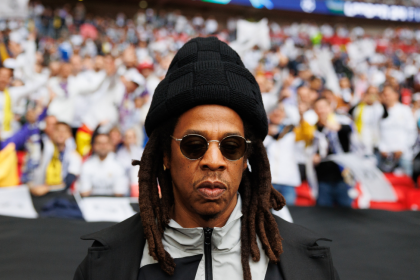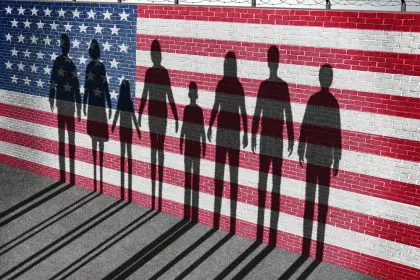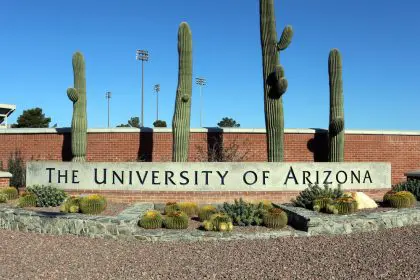
This past week, another chapter was written on Black pain and outrage. The murders of Alton Sterling and Philando Castile now join a long and tragic list of Blacks murdered by police under dubious circumstances. The public already knows that Blacks are killed everyday across America through gun violence, and many anti-Black Lives Matter protestors are quick to bring up this point. These individuals will ask, “What about the violence in Chicago? How come Al Sharpton and others aren’t protesting these Black murders by Blacks?” But the fact of the matter is Blacks in troubled urban areas have been marching for years to bring attention to violence in their community. Sometimes, all that is seen is a small but vocal crowd in pain over the needless violence. But these marches and community meetings seldom get the attention that is deserving of the mainstream media. Peaceful protests that grow to large movements are met with derision by ultra-conservatives and mainstream media outlets like Fox News. According to these folks, the only option for Blacks is to shut up, take the abuse and die in anonymity.
There has never been a time of Black protest that was accepted by mainstream white media or those with anti-Black and racist views. This even extends to the retelling of the narrative of the Civil Rights Movement and the leadership of Dr. King. A tale is spun that his non-violent marches were accepted and then miraculously legislation and the change in political climate was an easy task. There is no talk anymore of the violence perpetrated upon peaceful Black protesters by racist police, groups and individuals. Too many people believe that Dr. King simply died and not the fact that he was murdered by a White man for peaceful protests on behalf of an oppressed people. It seems if King’s death were publicized today mainstream media would talk about his past arrests rather than the circumstances of his death.
Dr. King’s last book was titled Where Do We Go From Here? Chaos or Community? was prophetic in its call for social and economic justice. It was perhaps the most concise intellectual argument given for the necessity of change in America. Perhaps because of the arguments put forth in this book, it also has become one of his greatest lesser known works.
But the impact of the Civil Rights Movement can’t be denied. Great hurdles were cleared when it came to the legal rights of Blacks that have even been extended and expanded to the other oppressed communities. The late noted journalist and commentator Tony Brown in his 1997 book “Black lies, White lies” addresses part of the reason we are still seeing some of the same problems in the Black community in America despite the success of the Civil Rights Movement. The movement turned from a fight for integration to that of assimilation. When there is true integration the Black community is still able to keep its unique identity. This identity extends not only to a cultural level; but also social and most importantly economic. Many have talked of the double edged sword of “integration” in the Black community. For example, when Blacks were no longer pigeon-holed to live in specific neighborhoods in major cities like Chicago; they fled to historically White communities with better homes and service delivery to its residents. The reaction was heated as many Blacks were subjected to hate filled vitriol and actions as the White residents either engaged in “White Flight” or violence to these new Black suburban homesteaders. But yet many of these new Black residents were able to thrive and assimilate into the new environment. The end result is a generation of what we now know as Black millennials, many of whom that have never experienced the virulent racism that their parents or grandparents experienced . These Black millennials also stand on the shoulders of giants.
But despite the great strides in economic opportunity and cultural awareness spread through Black entertainment, there is still a sense of separation. Not only from the perceptions of mainstream White America but also within the socio-economic framework of Black culture today. Blacks have the right to vote, yet many do not exercise this right for various reasons. Something was diminished within the spirit of protest within the Black community and it is now remerging in ways that are confounding White and Black America. A serious point is how do young Blacks show their righteous indignation.
Our beloved civil rights icons have engaged in a flawed decades long behavioral modification program for our black youth. The goal was for assimilation, acceptance and equality with nonviolent methods. But we have a generation of youth who see a flawed system and failed promises; to find the America that was promised if we worked hard and behaved despite economic and social obstacles. Take for example the recent Twitter post by iconic Civil Rights leader Congressman John Lewis of Georgia. On July 8, he tweeted, “I was beaten bloody by police officers. But I never hated them. I said, ‘Thank you for your service.'”
His statement was applauded by some and deeply reviled by many Blacks. The very thought of taking an a– whipping from a cop and thanking them after trying to protest peacefully is an unheard of step of forgiveness today. Then during peaceful protests in Atlanta, Mayor Kasim Reed stated to media “MLK would never march on a highway/freeway/street.” A shocking statement coming from a Howard University man considering Blacks during the sixties did in fact march on “highway/freeway/street.” Mayor Reed seems to be echoing the same tone as those Atlanta leaders who blocked King from bringing the movement to Atlanta in 1967. Black political leadership today must come up with a new strategy in the 21st century. There was a time when the moral consciousness of America could be shocked with the images of brutality that Black people were subjected to in the 1960s. However this is no longer the case when we can see Blacks slammed to the ground, assaulted and murdered by police in America.

